Determining whether a 12V car battery needs charge is as easy as touching its leads to those of a multimeter. While charging from a vehicle's alternator, the multimeter method fails to determine the battery's state of charge and instead reports the alternator's 14V until the engine is turned off. Only then can we read the battery's voltage again. However, even gauges on older car battery chargers reflect rising voltage over time.
How can I measure the voltage of a charging battery, and how do battery chargers do it?
